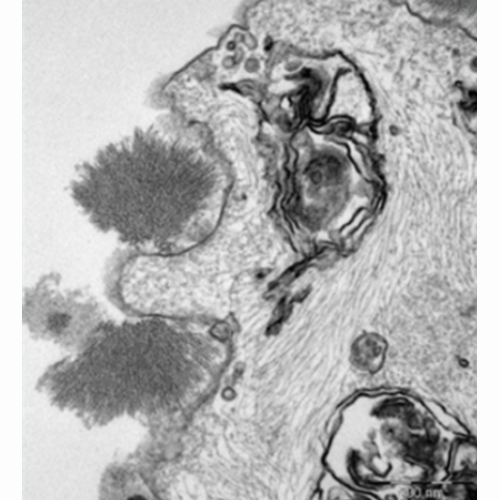Noncovalently Assembled Electroconductive Hydrogel.
Cross-linking biomolecules with electroconductive nanostructures through noncovalent interactions can result in modular networks with defined biological functions and physical properties such as electric conductivity and viscoelasticity. Moreover, the resulting matrices can exhibit interesting features caused by the dynamic assembly process, such as self-healing and molecular ordering. In this paper, we present a physical hydrogel system formed by mixing peptide-polyethylene glycol and poly(3,4-ethylenedioxythiophene):polystyrene sulfonate. This combinatorial approach, which uses different modular building blocks, could lead to high tunability on aspects of rheology and electrical impedance. The proposed physical hydrogel system is characterized by both a self-healing ability and injectability. Interestingly, the formation of hydrogels at relatively low concentrations led to a network of closer molecular packing of poly(3,4-ethylenedioxythiophene) nanoparticles, reflected by the enhanced conductivity. The biopolymer system can be used to develop three-dimensional cell cultures with incorporated electric stimuli, as evidenced by its contribution to the survival and proliferation of encapsulated mesenchymal stromal cells and their differentiation upon electrical stimulation.

- ACS Appl Mater Interfaces. 2018 May 2;10(17):14418-14425
- 2018
- Biomaterials
- 29644843
- PubMed
Enabled by:
